Features
Ys Origin is a Beautiful Beginning to One of Gaming’s Greatest RPGs
Ys Origin flashes back centuries to celebrate an RPG legend.
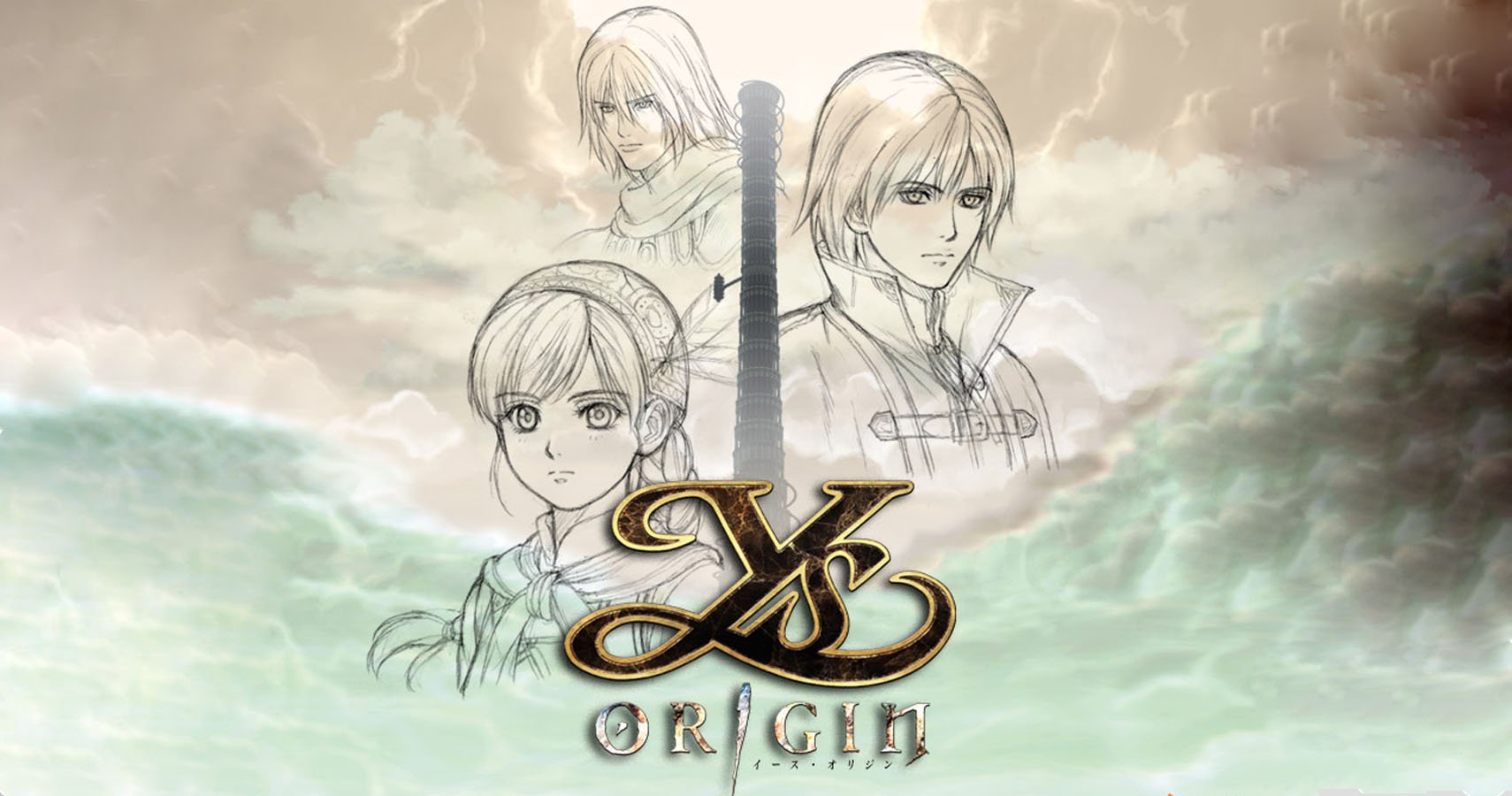
Every legend starts somewhere. Ys the franchise began with a young man’s dream to see the world, but the series’ backstory stretches a rich 700 years of history. The titular Books of Ys central to Ys I & II’s story detail a deep mythology that makes it clear Adol Christin’s adventures are simply one part of a larger epic. “I speak now of the disaster of Ys. He rose suddenly and attacked our cities. He called forth molten stone from the bowels of the world to burn our fields and trap us in a sea of fire. It was terrible and absolute.” Long before the Red-Haired Swordsman ever set out to discover the world, its very foundation was on the brink of destruction. Ys Origin flashes back seven centuries to not only offer vital insight into I & II’s lore, but set the stage for the franchise on a whole.

Adol’s absence affords Origin a unique opportunity to craft one of the most inspired adventures the series has seen. The plot is broken down into three separate campaigns with their own playable characters and distinct arcs. The full scope of the story is almost a puzzle that needs to be pieced together. You’ll only see the big picture by paying attention to the little details exclusive to each route. Even the explicitly canon campaign has gaps that the other two playthroughs cover. Origin is an ambitious game that plays with perspective to tell a richer story.
There is overlap between the campaigns, mainly in level design, but each route offers a fresh take on the main plot and core gameplay loop. As the last game to use the Napishtim Engine (previously seen in The Ark of Napishtim and The Oath in Felghana), Origin’s combat ends up far more in-depth than either of its predecessors. Where Ark introduced the engine and Oath refined it, Origin more or less perfects it. All three play styles are well designed enough to carry their own game. That they all make up one-third of a larger experience instead enriches Origin with some of Ys’ best content.
“Once upon a time, lost within the tides of history,
there existed a land of great legend.”
– Opening narration, Ys Origin
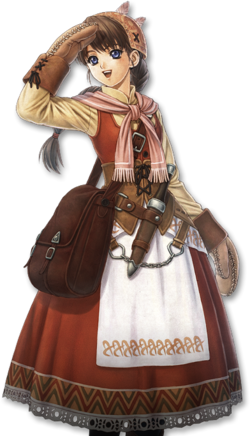
The game itself differentiates its three main characters by classes of sorts, offering each protagonist individuality when it comes to gameplay. Yunica Tovah functions as a traditional JRPG warrior, more or less serving the gameplay role Adol does in the mainline Ys games. She fights with two different melee weapons, an axe and a greatsword, both of which share similar play styles. Yunica’s axe can string four-hit combos together while her Crimson Lotusblade is capped at three, both ending with a finishing move that brings her to a full stop and keeps you from spamming attacks. Yunica can also pull off a three-hit aerial combo with either weapon, a Jump Slash, a downthrust, an upthrust, and a tricky Lunge Attack that cuts a bit of distance.
Every character finds three Artifacts of Ys during their route that unlock elemental techniques to round out their move pool. Yunica’s wind skill is the Whirlwind, a spin attack that deflects enemy attacks and helps her glide across gaps. Her thunder skill, Bolt Crash, is a vertical slice that unleashes a blast of energy on impact. Thunder techniques can also chip away at enemy armor or tear down breakable walls. Yunica’s fire skill is the Phoenix Flame, a long-range projectile that can only be used in conjunction with the Lotusblade and burns enemies on contact. Altogether, Yunica’s penchant for close-range combos with some long-range support makes her a perfect analogue for Adol gameplay-wise.
Hugo Fact is Origin’s resident spellcaster, a magical prodigy whose play style takes cues from Ys II’s magic system. He attacks from a distance, firing magic shots out of his wand in conjunction with the Eyes of Fact — two enchanted spheres that hover around him. Positioning plays a key role in battle since Hugo can only shoot directly in front of him, but the lack of a stamina meter does mean you can button mash to your heart’s content. Gameplay as Hugo is shoot ‘em up-esque. Unlike Yunica who has to string her combos carefully lest she leave herself vulnerable, Hugo can fire waves of bullet hell madness from a safe distance. This trivializes the difficulty curve even in Nightmare mode, but magic is as fun as it is precisely because the Eyes of Fact are so useful.
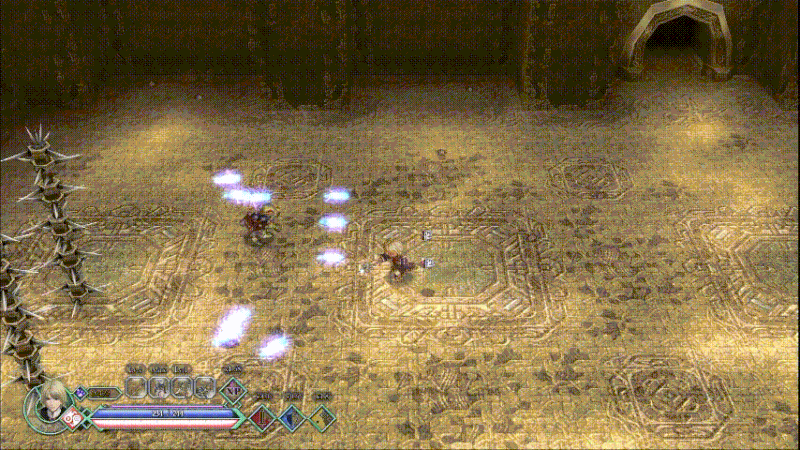
Hugo naturally can’t chain proper combos, but his other skills more than make up for it. His Power Shot lowers enemy defense if you can get the attack’s timing right. The wind skill, Force Shield, surrounds Hugo in a forcefield that breaks upon blocking damage. Like Yunica, the ability also lets Hugo glide mid-air. The thunder skill, Trap Mine, drops bombs where Hugo stands, detonating after a few seconds. Finally, the fire skill Flame Wheel surrounds Hugo in two flaming balls that burn enemies on contact, offering you a reliable means of close-range combat as a mage.
Toal Fact is the last of Origin’s playable characters, a speedster specifically labeled in-game for “Experts only!” Most releases even make beating the game as both Yunica and Hugo a prerequisite for unlocking him. At first glance, it seems Toal would play a lot like Yunica — both are close-range melee characters and they even share the downthrust — but this couldn’t be further from the case. Instead of using traditional weaponry, he fights with a pair of claws that demand you approach enemies head-on. Gameplay as Toal is reflex-heavy and feels reminiscent of Bump Combat from Ys I & II, essentially non-stop action.

Toal also lacks a finishing move, allowing him to quickly chain attacks from enemy to enemy. His five hit-combo can immediately transition into another combo. The Jump Swipe triggers an instant four-hit combo mid-air. The Slide Attack flings him across the screen. Toal’s increased speed relative to Yunica & Hugo means you can clear out rooms of enemies in record time. His wind skill, Godspeed, rapidly teleports him around the room and doubles as a dedicated dodge button. The thunder skill Thunder Claw is a stab attack that absorbs enemy health on contact, allowing you to heal during the heat of battle. Toal’s fire and final skill is the Inferno, a jumping spin attack that can be chained together in order to platform yourself over large gaps. His skill set keeps battles fast-paced and frantic.
It’s worth pointing out that all three characters can charge up their elemental skills for added effects. Yunica’s Whirlwind spawns a massive rotating saw blade, her Bolt Crash’s blast radius increases considerably, and the Phoenix Flame morphs into an actual phoenix that covers most of the screen. Hugo’s Force Shield becomes durable enough to withstand two hits, the Trap Mine detonates remotely (giving it more strategic viability), and the Flame Wheel fires two flaming beams out of the Eyes of the Fact. Toal’s Godspeed increases his teleport range, Thunder Claw gains a wide enough radius to hit multiple enemies at once, and Inferno rockets you into the air even higher.
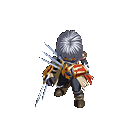
Capping off everyone’s skill set is Boost mode, a timed buff that can be triggered during battle after dealing or taking enough damage. This way, the mechanic encourages you to stay active during combat. Boosting affects every character slightly different. Yunica’s Boost reduces her MP consumption by a fair bit, Hugo’s summons two more Eyes of Fact, and Toal’s turns him into a powerful demon who can resist curses and speak to Roos. The Burst skill unlocked in the final area acts as a finishing move that depletes the rest of your Boost bar. Toal’s Burst is a blast of energy you can aim in any direction, Hugo’s is an impenetrable force field that does damage on contact, and Yunica strikes the ground to unleash a blast that deals massive damage to any enemies inside the radius.
The key differences between Yunica, Hugo, and Toal lead to three very different playthroughs. Even though the level design is the same between routes, how you approach gameplay fundamentally changes depending on who you play as. Hugo can take combat from a distance, slaughtering enemies long before they become a problem. Yunica, on the other hand, needs to string combos carefully and be considerate of where she is in proximity to enemies. Similarly, Toal’s rapid play style needs to be approached carefully as it’s all too easy to lose your rhythm and fall into mindless button mashing — something the game is not afraid to punish. Origin’s protagonists do a great job at adding to the overall replayability, but good gameplay is nothing if not complemented by good level design.
“All our destinies are bound within that tower.”
– Goddess Reah, Ys Origin

Ys Origin is a dungeon crawler at its core, going so far as to lack the overworld fields staple to Adol’s adventures. The entire game is set inside of the Devil’s Tower, the final dungeon from Ys I. The setting has been painstakingly reimagined into a labyrinth elaborate enough to carry three playthroughs’ worth of content. Darm Tower is still a whopping 25 floors, but its aesthetic is near-unrecognizable past the first few levels. The dungeon is now divided up into six major sub-sectors, each with their own unique visual design and gameplay quirks.
The Wailing Blue makes up the first five floors of the dungeon, more or less recreating Darm Tower how it was in Ys I. The level design is fairly straightforward, allowing you to gather your bearings before the game picks up the pace. The sector’s visual design is simple and drowned in blue, easily recognizable to any franchise veteran. It’s enough to trick you into believing the whole dungeon will be as aesthetically one-note as in the original. Even then, the fractured state of the world outside replaces the balconies’ quaint Esterian scenery with scenes out of Hell.
The next tier of the tower, the Flooded Prison immediately marks a radical departure from the Wailing Blue’s aesthetic. The prison is a beautifully atmospheric setting, its name doing it no favors. Crystal clear water ripples below what few elevated platforms there are, half the sector submerged underwater. Torches are lit by blue flames that pair beautifully with the background, and waterfalls flow off the balcony down onto a ruined earth. The Flooded Prison also introduces the Dash upgrade, which plays off the sector’s timed platforming and underwater set pieces.
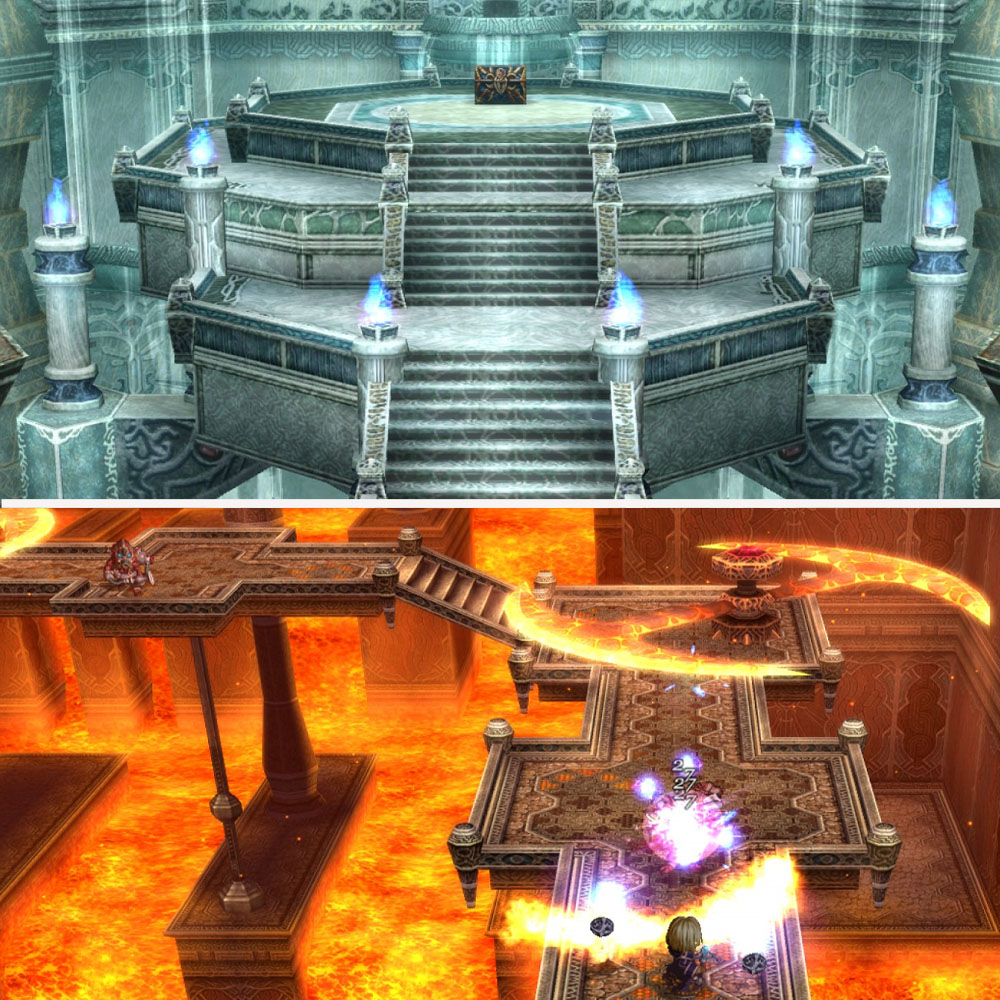
The Guilty Fire makes up the middle of the tower, an inferno packed to the brim with danger. Magma flows off the balcony, replacing the waterfalls seen in the Flooded Prison. The glow radiating off all the lava conveys just how hot each room is. Deadly traps are one of the sector’s staples. Red-hot scythe blades rotate in place, giving you a brief window to cross them. The Devil’s Corridor even returns from Ys I, challenging you to outwit an enemy infested room that’s rapidly draining your health.
The Silent Sands double as Darm Tower’s sand level and Origin’s difficulty spike. Certain enemies cannot be killed without the Silver Bells equipped. Large chunks of the area are covered in quicksand that you’ll sink in if you don’t keep moving. Other sand is slick enough to slide on, impeding your mobility until you find the Earth Dragon’s Claws. The level design incorporates more verticality now that you’ve gotten the double jump and opening the door to Rado’s Annex is the closest thing the game has to a full blown puzzle.
The Blighted Blood is a torture chamber that builds off of the Silent Sands’ verticality, standing out as the most platform-heavy section of the tower. Most rooms are connected through a top and a bottom floor. Pits on the upper level drop you down to the lower level, forcing you to trek back upwards. Sinking platforms also pop up as a regular hazard ready to drop slow players into an abyss where blood red lava awaits. The Blighted Blood’s violent, almost moody atmosphere makes it a perfect set piece to lead into the final area.
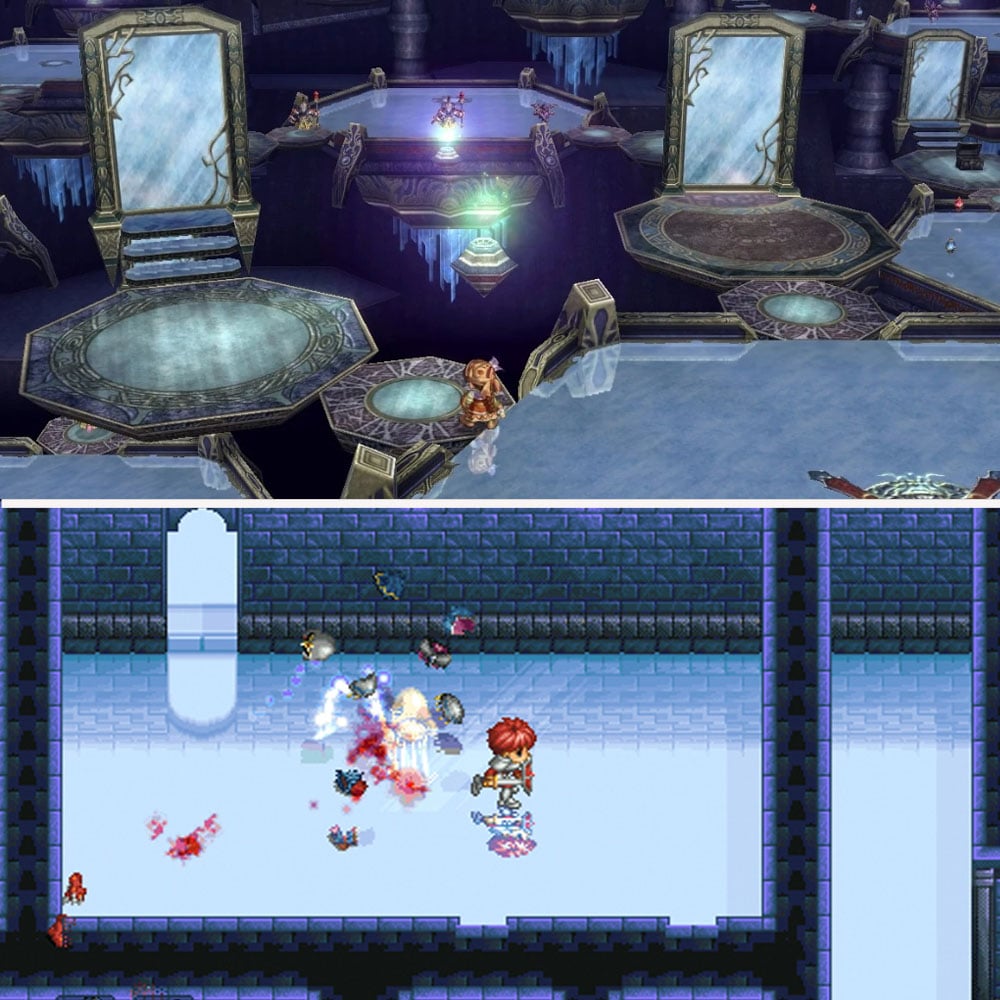
The Demonic Core makes up the rest of the dungeon, an environment obscured in shadow and unnaturally lit by purple light. An epic rendition of the main theme and sunlight piercing through the clouds inside make it clear the end is approaching. Enemies are harder than ever, and the level design makes regular use of minor platforming. The Hall of Reflection functions as a mid-area maze, requiring you to navigate through teleporting mirrors like in Ys I. You need to be aware of your surroundings and pay attention to how the mirrors connect in order to find every treasure the sector has to offer, let alone the exit.
With the exception of the Hall of Reflection, Darm Tower is fairly straightforward in terms of navigation — almost disappointingly so compared to previous Ys entries. Exploration is always rewarded, but nothing is particularly well hidden or worth calling an outright secret. The Artifacts of Ys are just lying in the open and often in dead ends you need to reach in order to unlock other dead ends. Jewels to upgrade your skills and Cleria Ore to upgrade weapons are generally left out in the open, their chests almost always immediately visible so you don’t miss them. There’s nothing inherently wrong with this approach, but the lack of exploration in an entry dedicated to celebrating Ys does feel suspect.
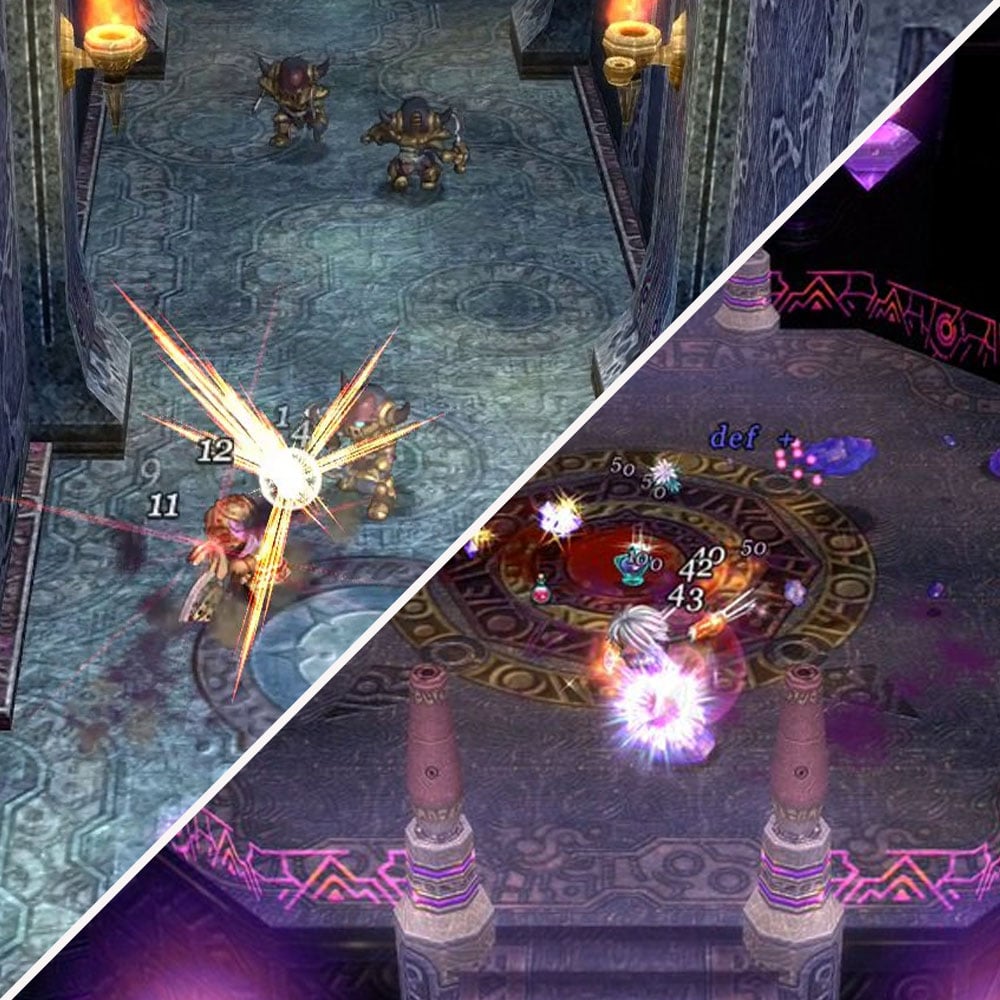
All that said, the actual level geometry is well put-together and nothing to scoff at. Enemy placement is carefully considered, paced out to give you a good challenge but rarely to the point where rooms are overwhelmed by hordes of enemies. New enemies are introduced in batches as you progress, letting you get used to new attack patterns before gameplay gets too intense. Status effects keep you on your toes and punish players who are just rushing through each area or mindlessly button-mashing enemies. What bits of light platforming there are add variety to their sectors, ensuring navigation goes beyond running through hallways. Darm Tower is ultimately a dungeon full of well realized set pieces that flow at a nice pace. Nothing outstays its welcome.
Ys Origin is impeccably designed all around, but its boss fights are on another level altogether. Bosses are nothing short of amazing, masterfully crafted battles that call for tight reflexes and an actual understanding of the core mechanics. Attack patterns are clearly telegraphed at all times — giving you a beat to strategize your next move. Bosses become more aggressive as they get closer to death, utilizing more sophisticated techniques to throw off your rhythm. Battles come down to pairing your own mechanical mastery with acute observation. You shouldn’t expect to brute force Origin’s boss design.
Each boss is its own concentrated challenge. Vagullion demands that you wait for precise openings to deal damage while the fight against Velagunder forces you to create openings outright. Nygtilger’s body is covered in weak points that break apart over the course of the fight, slowly reducing the boss’ hit box and requiring more precise attacks from you. One on one duels against humanoid bosses function as endurance matches where opponents seldom let up. Epona and Kishgal are two Darkling siblings who fight with a spear and halberd respectively. Their attack patterns are frantic, leading to energetic encounters where losing focus for even a second risks death. It takes time and effort to get boss patterns down just right, but that’s what makes them so rewarding to defeat.
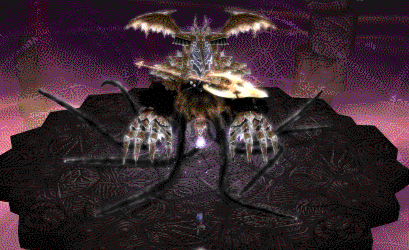
“Be it glorious, unpleasant or shameful, it is no one’s destiny but your own. Only you can take charge of it.”
– Saul Tovah, Ys Origin
Every character plays through the same overall campaign, but there are significant differences across the three routes — from puzzles, to bosses, and how the narrative plays out. This adds a lot of personality to each playthrough, even in the smallest of ways. The Lila Shell is Origin’s universal hint system, but all three characters have a different relationship with it. Yunica uses it normally, asking NPCs for direction. Hugo refuses to use the Shell until near the end of the game, instead rationalizing what to do next in his internal monologue. Toal doesn’t even get the Shell until the final area, functioning more for flavor and some last minute character development. The logic being that you shouldn’t need hints in what the game bills as its “expert” playthrough.
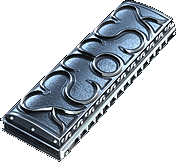
Each character has their own solution to the Devil’s Corridor puzzle. Thanks to her close friendship with the Goddesses, Yunica can simply play Feena’s song on the Silver Harmonica to break the curse. In a nod to Ys I, Hugo has to shatter a nearby balcony’s pipe with a hammer. Toal doesn’t know how to play the harmonica and never finds the hammer so he has no choice but to traverse the dangerous miasma in his Demon form. What was a basic puzzle in Yunica and Hugo’s routes is turned into a time-sensitive action set piece in Toal’s.
Important information is doled out at a radically different pace. Yunica’s story is fairly surface level and she’s kept in the dark when it comes to the narrative’s finer details. She never learns who exactly Toal is, that Cain Fact is involved in any capacity, or the Darklings’ motivation. Instead, her route introduces the key players while fleshing out the supporting cast. Her plot also plays out how a traditional Ys story would, with a more or less outsider coming in to save the day. While Yunica does have a personal investment in the grand narrative (her father’s death and the goddesses’ disappearance), she has zero attachment to the Fact of it all.
Hugo’s personal investigation into the tower means he figures out the plot’s nuances much earlier than Yunica, granting him far more interactions with the villains. He and Epona share a proper romance that barely gets acknowledged in the other routes. Toal acts as a major supporting character, showing up multiple times to foster Hugo’s own growth. Dalles has several conversations with Hugo throughout his route, slowly seducing him towards becoming a demon. Flashbacks are incorporated to highlight Cain Fact’s abuse and manipulation of his own son, putting into perspective just how warped the family is.
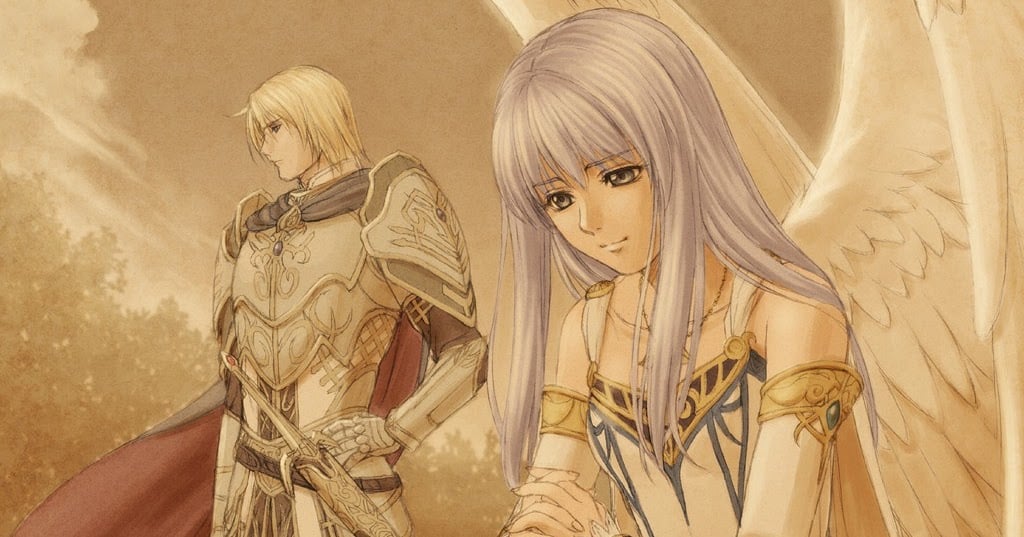
Toal’s route reveals important information that recontextualizes everything about the story. Reah and Toal are actually star-crossed lovers akin to Adol and Feena in Ys II, two separated by divinity. The aloof disdain Hugo perceived from his brother has been quiet pride all along, their tragic relationship a result of poor communication and their father’s machinations. Cain Fact shows up in the flesh to explain the plot, revealing mysteries you may not have even realized existed in the first place.
Ys stories are classic, almost fairy tale-esque, but Origin is more classically epic — more mythological in scope and tone. The desitines of gods and men overlap to overcome evil in an event that shaped the world as the people of Ys know it. The three routes contradict each other, like a legend reinterpreted or misremembered with the advent of time. Toal’s route is what canonically happened, but Yunica and Hugo’s campaigns offer important context into understanding the whole story. Knowing who everyone is before getting to Toal makes the grand finale so much more impactful.
“Goodbye, my young Ys…”
– Roda Tree, Ys Origin

Ys is a saga inherently about discovery. Almost every single game follows Adol Christin discovering the world, its cultures, and its people. Ys Origin is the audience’s opportunity to discover the very foundation of the series themselves. This is a love letter to all of Ys, referencing virtually every single game in the series — from music, to bosses, and simple easter eggs. Even then, the game’s story is profound enough to stand on its own, a classic tale of identity where strong character development drives the protagonists to discover who they really are by journey’s end.
Yunica is trying to prove her worth as a Knight of Ys despite her magical ineptitude. Her father’s death spurs her to take charge and fight as hard as she can to defend her ideals. She shows moments of weakness and self-doubt, but overcomes them for the sake of those she loves. Hugo feels trapped in the shadow of his family’s lofty legacy. The abuse he endured at the hands of his father puts him on a path towards corruption, but he pushes back against his base instincts to be a better man than he was raised to be.
Toal’s arc is one of sacrifice. He is stuck between the man he is and the man he has to become. He sacrifices his humanity to turn into a demon and gain the Darklings’ favor, an act that weighs on him throughout his route. He feels his individuality slipping away, but he stays committed to sacrificing his very essence if it means bringing order back to the world. It’s no coincidence that Toal is the only main character who opts not to stay behind in Ys, sacrificing a life of true freedom to ensure future generations can be free of strife. He decides his place is not to discover the world himself, but to make sure there is a world to discover.
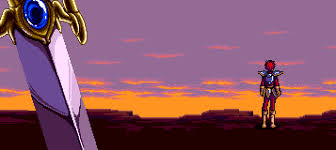
Origin delivers on Ys I & II’s biggest promise; that the series’ backstory is more than just set dressing, that the lore matters and its history is thoughtfully considered to not only make the setting feel richer, but genuinely lived in. Beyond the beginning, Origin manages to stand alone like any good prequel should, enticing audiences to dig deeper into the franchise. Yunica, Hugo, and Toal’s arcs blend together into an overarching narrative about discovery, a notion integral to the series’ core. Ys reflects on its own history — both in and out of universe — to create a beautiful prelude that makes Adol’s adventures — your adventures — all the more poignant. Ys Origin is a brilliant prequel, an introspective ode to one of gaming’s greatest RPGs.

-

 Features4 weeks ago
Features4 weeks agoSocial Gaming Venues and the Gamification of Leisure – A New Era of Play
-

 Features4 weeks ago
Features4 weeks agoSolo Leveling Snubbed?! You Won’t Believe Who Won First at the 2025 Crunchyroll Anime Awards!
-

 Culture4 weeks ago
Culture4 weeks agoThe Global Language of Football: Building Community Beyond Borders
-

 Technology2 weeks ago
Technology2 weeks agoGamification and Productivity: What Games Can Teach SaaS Tools
-

 Features2 weeks ago
Features2 weeks agoThis Upcoming Romance Anime Might Just Break the Internet; Trailer Just Dropped!
-

 Features6 days ago
Features6 days agoDon’t Watch These 5 Fantasy Anime… Unless You Want to Be Obsessed
-

 Features3 weeks ago
Features3 weeks agoFarewell to a Beloved 13-Year-Old Isekai Anime That Brought Us Endless Laughter
-

 Features3 weeks ago
Features3 weeks agoWait, What?! Tom & Jerry Just Turned Into an Anime and It’s Glorious!
-

 Culture3 weeks ago
Culture3 weeks agoIs the Gaming Industry Killing Gaming Parties?
-

 Guides3 weeks ago
Guides3 weeks agoHow to Earn and Spend Diamonds in Mobile Legends
-

 Game Reviews3 weeks ago
Game Reviews3 weeks agoCall of Duty and the Myth of Military Realism: Tactical or Just Tacticool?
-

 Technology3 weeks ago
Technology3 weeks agoDigital Cash: For Gamers Who Don’t Ask Permission?














